Main Menu
Love Your Legs: Embracing Cellulite and Dimples as a Female Athlete

Carly Flandro is a high school English teacher in Pocatello, Idaho. She lives with her husband, Jake, and their two dogs — Nova, a Dutch Partridge dog, and Borah, a cattle dog. She’s also a trail runner, skier, mountain biker, and occasional rock climber. Mostly, she just likes to be outside. You can follow her on Instagram @carlyflandro
Share This Article!
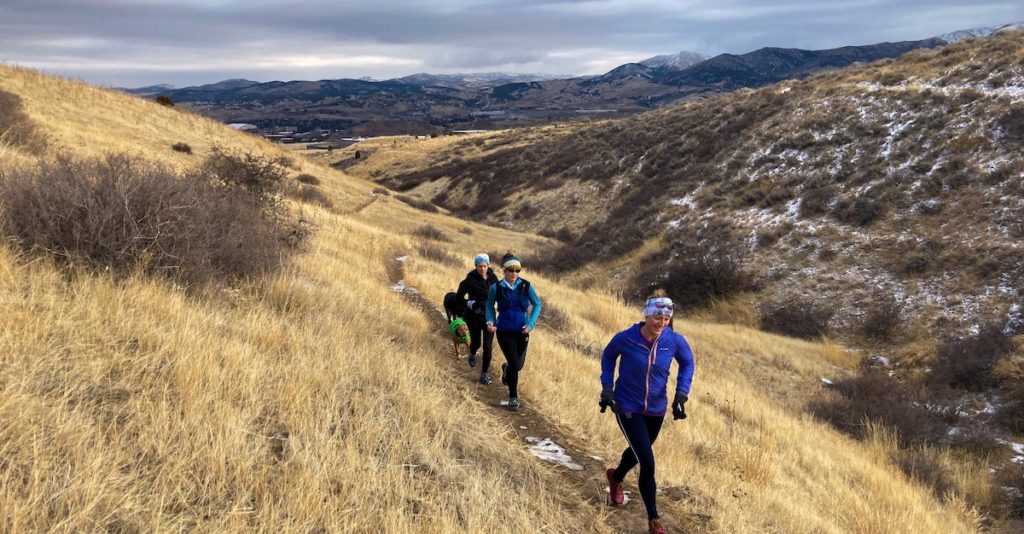

By: Carly Flandro
“I’ve never seen so many muscular legs in my life!” my mom whispered to me recently as I was getting ready to start a 25K trail race. “Look at those men over there!”
She tipped her head toward a group of men that I know and have run with before — they run at about the same pace and ability level as me. Sure enough, their calves and quads were sinewy and sculpted, with those lines that denote muscle that I’ve always envied. I started looking around at all the athletes waiting for our race to start and noticed that she was right — all the males had strong, brawny-looking legs. I couldn’t help but think about my own legs, which are significantly less defined (okay, they’re not defined at all) than the men’s, even those I can compete with.
I looked around at some of the other women’s legs and noticed that even the top women didn’t really have defined muscles. As women, our legs just look different.
I’ll never forget how I felt a few years ago when I saw a picture of myself from a trail race. In my head, I imagined I looked lean and fierce as I charged up and down singletrack. In reality? Not even close. The photo showed quads dimpled with cellulite rather than defined with muscle. I felt so deflated.
Honestly, I get fired up about it sometimes. I tell my husband that all he has to do is walk from the front door to his car and a newly-defined muscle will spring up in his legs. I, on the other hand, run 40-plus miles a week as I train for ultras, and his legs still look more athletic than mine (he sometimes hikes for work, but doesn’t regularly exercise beyond that).
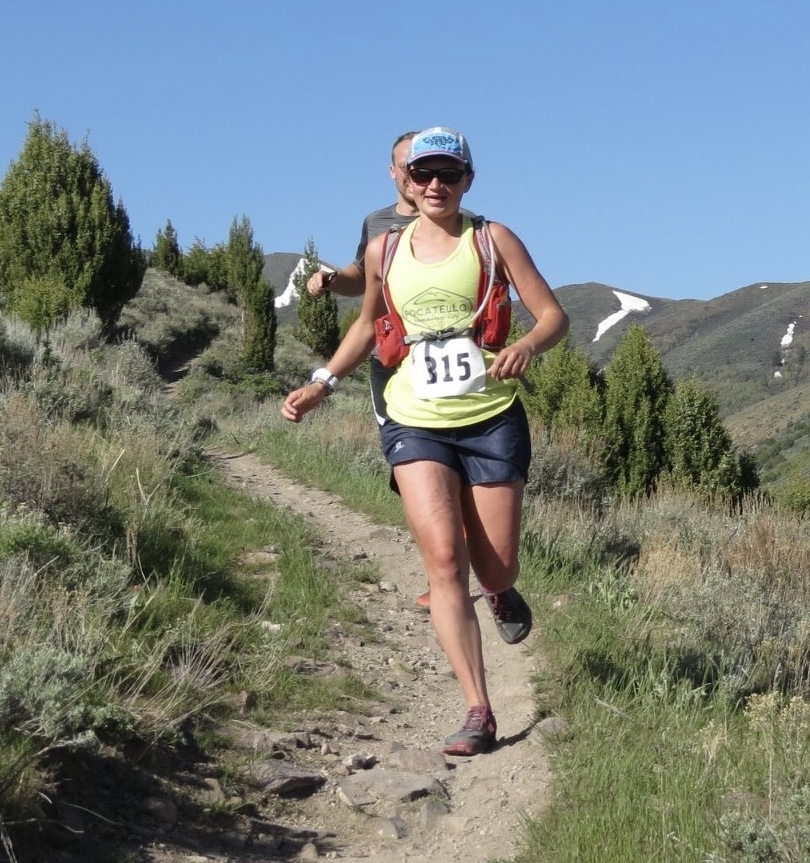
I pointed this out to some male ski buddies this winter, and they countered that men’s bodies are imperfect in other ways — they are more likely to have a beer belly, for example.
Still, though. I want those chiseled legs!
Here’s some of the negative self-talk I’ve thought to myself before that I would NEVER say to or even think about another female runner (we are always harder on ourselves, of course): You shouldn’t wear short shorts to run in, even if they’re the most comfortable and appropriate for your trail run today. You don’t look good enough to wear those anymore. You need to buy some knee-length shorts, a-la Courtney Dauwalter! Or if you’re going to wear them, only wear them on obscure trails where you won’t run into anyone.
Or I look in the mirror before a run and think: Look at those dimples on your legs! Maybe you would look better in different lighting. How can those possibly be my legs? I work so hard.
But then I play the devil’s advocate and argue with myself: But who cares! Those legs power you up and down mountains! They’ve taken you on hundreds and hundreds of miles of trails over the years! They’ve powered your ski, bike, run, and hike adventures! These legs are amazing, no matter what they look like!
And that positivity might last for a while, but eventually the negative self-talk creeps back in.
I was scrolling through social media recently when I noticed a photo of some local collegiate-level track stars. I felt a bit shocked as I noticed that these women also had dimpled legs like me! Wow, I thought to myself. If even college-level track standouts have legs like mine, then maybe it’s just . . . normal???
This, of course, led me to some Google searching on cellulite. It’s described this way on mayoclinic.org: “It involves fibrous connective cords that tether the skin to the underlying muscle, with the fat lying between. As fat cells accumulate, they push up against the skin, while the long, tough cords pull down. This creates an uneven surface or dimpling.”
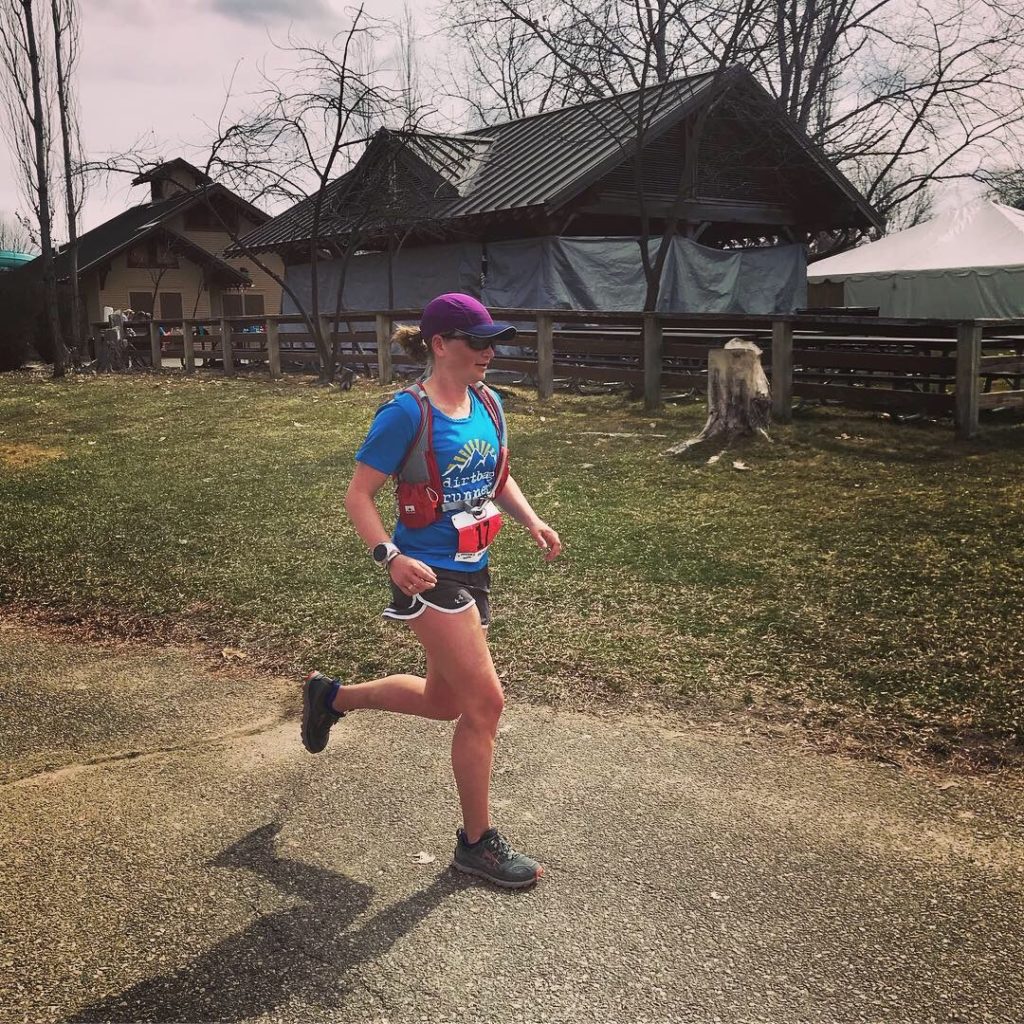
According to the website, cellulite is more common among women, though men can have it too. Hormonal factors, aging, genetics, weight, and muscle tone may all contribute to cellulite, and “even very fit people can have it.”
Okay, so it is normal for most women and even for athletes. So why does it still make me feel bad? I think it’s because it’s associated with fat, and fat has always been treated as a bad word in our society, even though it is just as necessary as muscle.
Stacy T. Sims, PhD (an athlete and scientist) and Selene Yeager (an athlete, coach, and personal trainer) co-wrote the book Roar: How to Match Your Food and Fitness to Your Unique Female Physiology For Optimum Performance, Great Health, and a Strong, Lean Body for Life. In it, they write that fat is not the enemy: “ . . . you can’t train, race, or even live without it.” This fat helps us with bodily functions, “from forming reproductive tissue to aiding the absorption of vitamins consumed in different foods.”
And women do have more fat than men: “The body-fat ranges for optimal health are 14 percent to 30 percent for women and 6 percent to 25 percent for men.”
Fat and cellulite might not be our favorite attributes, but they are part of us and they are not going anywhere. It is easier said than done, but learning to celebrate (or at least tolerate) our cellulite is critical. My negative self-talk in the mirror and hesitation to wear short running shorts are fortunately as far as my hatred of my own cellulite has driven me. But I fear that it could also lead to more serious issues for some women, such as eating disorders or unhealthy dieting and under-fueled running as women try to achieve that defined, sinewy-legs-look that men seem to sport so easily.
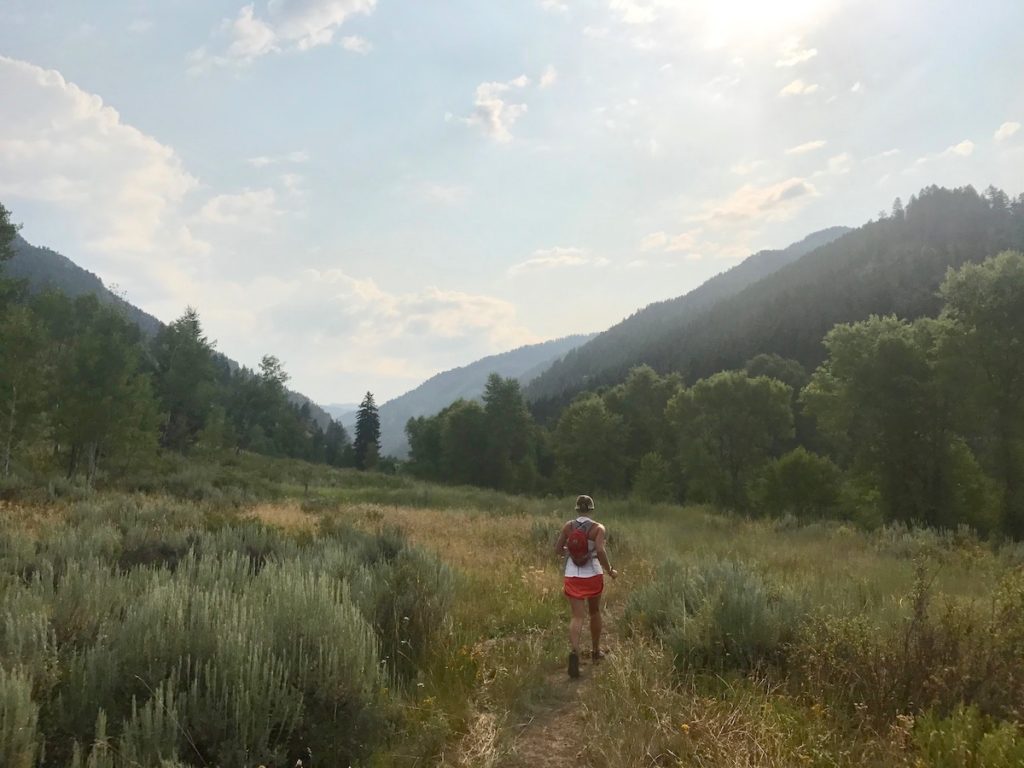
So how do we learn to love our dimpled legs?
I think the first step is talking about it and normalizing cellulite (hence this article).
Maybe the next step is allowing negative self-talk to seep in (because it inevitably will), but always countering it with reminders of how strong our legs truly are and remembering all they’ve enabled us to do.
Maybe it takes a commitment to short shorts if that’s what we like to wear, and refraining from flinching at the race day pic of us that shows cellulite on our legs.
Maybe we could even take to social media (GASP) and flaunt those less-than-perfect but all so real pics of us, dimpled legs and all (#loveyourlegs).
Because, yeah, having a fit or toned body is a nice bonus of running. But at the end of the day, we take to the trails for far more important reasons than that. We run to get outside, to become stronger, to invest and believe in ourselves, to push our boundaries, and to adventure in new, beautiful places. Running is an act of self-love, because we know it makes us happy. And part of self-love is loving those legs, exactly as they are, dimples and all.
Feature Photo: Enrique Romero
About the Author

Carly Flandro is a high school English teacher in Pocatello, Idaho. She lives with her husband, Jake, and their two dogs — Nova, a Dutch Partridge dog, and Borah, a cattle dog. She’s also a trail runner, skier, mountain biker, and occasional rock climber. Mostly, she just likes to be outside. You can follow her on Instagram @carlyflandro
Share This Article!


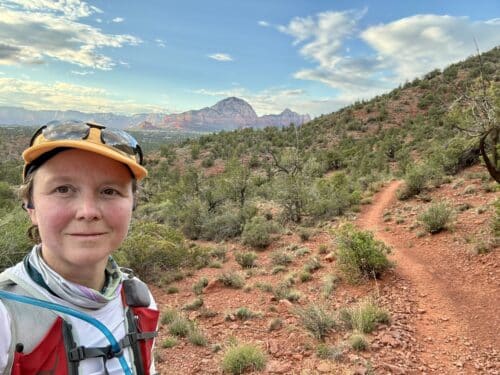
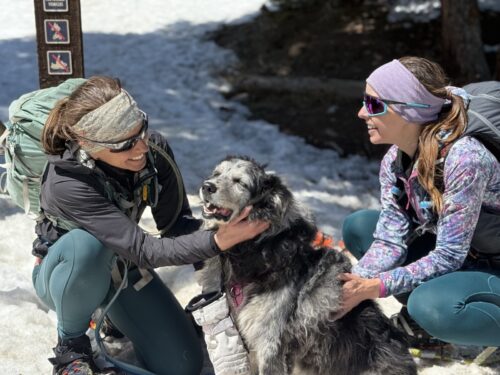









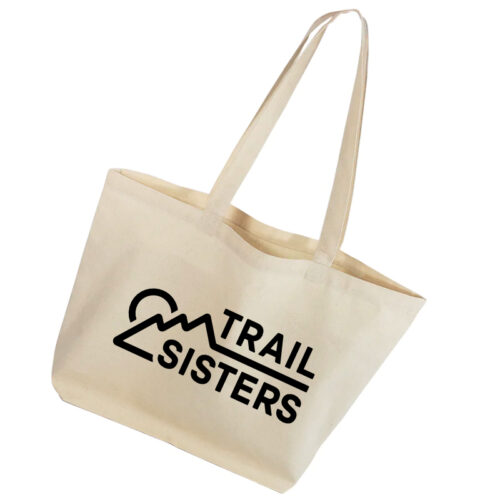
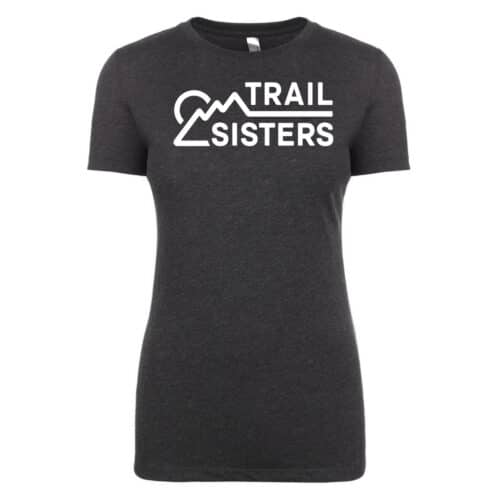
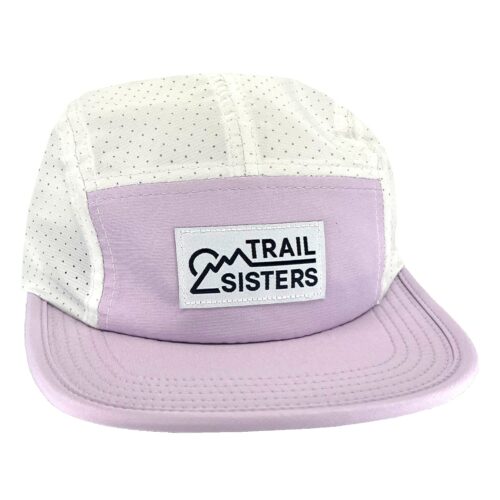
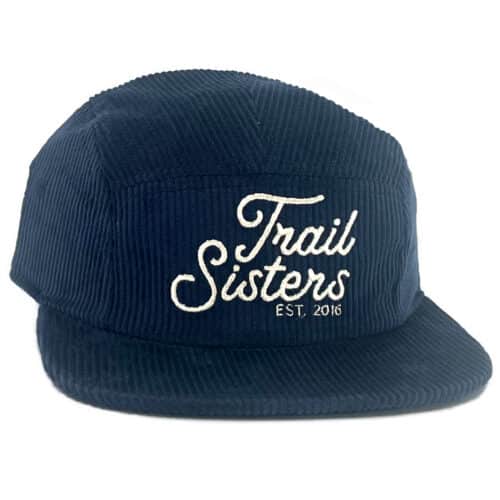
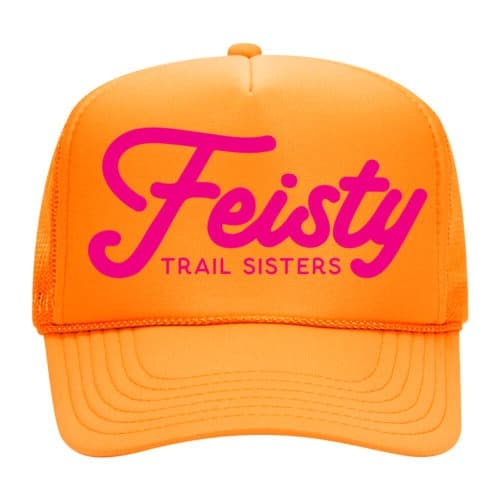
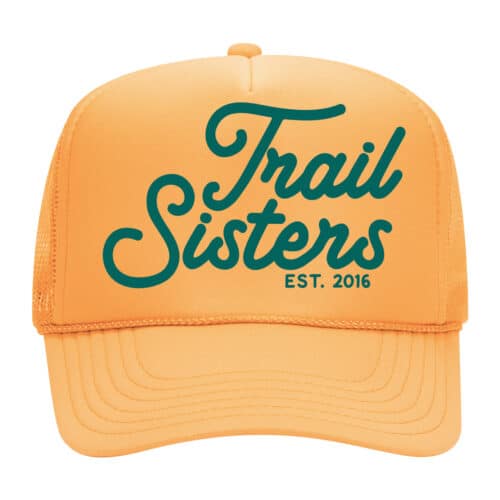

10 Responses
Love it xx
Yes, yes, yes! Despite the fact that I get super hot and super sweaty when running – even in winter – I would never wear anything shorter than capri running tights. My then trainer – who represents England in endurance events – told me that nobody else really cared about my cellulite. I didn’t believe him – after all, I would look at other women’s cellulite and think it was ugly, even though I had it myself. BUT I WAS SO HOT. So I tried a skort. I’ve never looked back and now I desperately await spring so I can get my legs out again – it’s so nice feeling the breeze around my legs. I’ve learned that it doesn’t matter what others think for the very reasons you stated in your article – my legs are amazing. They carry me up and down mountains, they cycle up ridiculous hills – they are almost 49 years old and they do things that girls half my age can only dream of. I know people look at my cellulite – I’ve even had them comment on it – but nowadays I just ignore it (mostly). I’ve stopped caring and I also want others to stop caring too – we are strong women and cellulite doesn’t detract from that in any way!
Great Article. I know the feeling about my legs and wearing short running shorts. I do have to say that I use self-tanner, and it makes a massive difference for me. I don’t know why but my tan legs look way better to me, and I feel more confident than when my tans aren’t tan. I use Tanceuticals express mousse and dark tanning lotion. Keep rocking those shorts, girl!!
It took me to reach 65 years of age before I finally started not caring about my legs not looking perfect. Though I may have varicose veins and other imperfections, I love my legs for carrying me through numerous half-marathons, 5ks, etc. We need to remember that our legs are about what’s inside and not outside—how they power us through everything we ask them too. Love your legs!!
Thank you so much – great article and a wonderful reminder for all of us rad women out there!
Ah, I love this article because I completely identify – thank you for saying it out loud! As I close in on 50 years old later this year, I’ve begun to accept that my legs, and the rest of my body, will only be getting less attractive as our culture defines it. So I’ve had to readjust my own definition of attractive to be: healthy. That’s it, healthy, although it encompasses a lot of things including my attitude. It’s not easy having a different definition – just yesterday a friend sent me a photo of me on my bike and I still cringed at the look of my legs, despite the fact that on that very ride they carried me beautifully for 4 hours. It’s an ongoing exercise to let go of my vanity and recalibrate to the things that are actually more important, so thank you for the solidarity!
I am still coming to grips with this on myself. What I don’t understand is that I never noticed cellulite or thunder thighs on anyone but myself. It’s so stupid to get so caught up in it and to envy everyone else, but we have been so conditioned to hate ourselves. I comment on how much I hate my thighs and how nothing I ever do makes them thinner or tighter (and find people staring whenever I talk about being a runner and they reply with an ‘oh? /you/ run?’), but then a friend retort that they wish they had my stomach, and the conversation goes round in a circle.
Thank you for the insightful article and for sharing photos that /you/ think are unflattering (when in reality, I can’t find the dimples you speak of–again, we are our own worst critics–I just see a badass runner!).
Yes, what we need is to “normalize” our bodies as they are, not change our bodies to meet examples that ultimately aren’t as strong as ours! That extra fat is part of the complex physiology that helps women outlive men and perform on par and better than men in longer endurance situations. There’s nothing wrong with our legs–it’s the culture that needs to change. Right on, sister!
Great article. As a male I used to get comments from my girlfriend ‘s sister, telling me she “hated” me because I had such nice legs with such little effort. We’re given the bodies we get, though, and as you mention, it’s better to accept ourselves, dimples and all.
THANK YOU
I am prone to self-loathing because I have cellulite. My chimp says “but it´s not fair” I´m fit, strong, eat well and very healthy and thin. So why do I have this? If it´s genetic it seems unfair becasue my neither my sisters not my Mum had it.
I wish I could get to acceptance. I´m working on it.